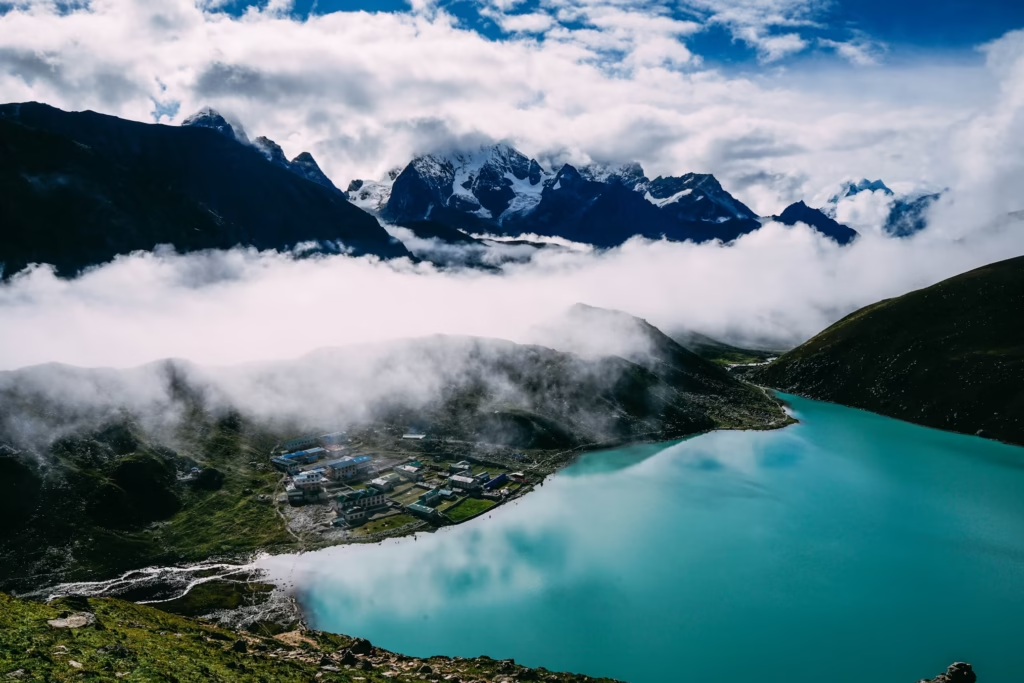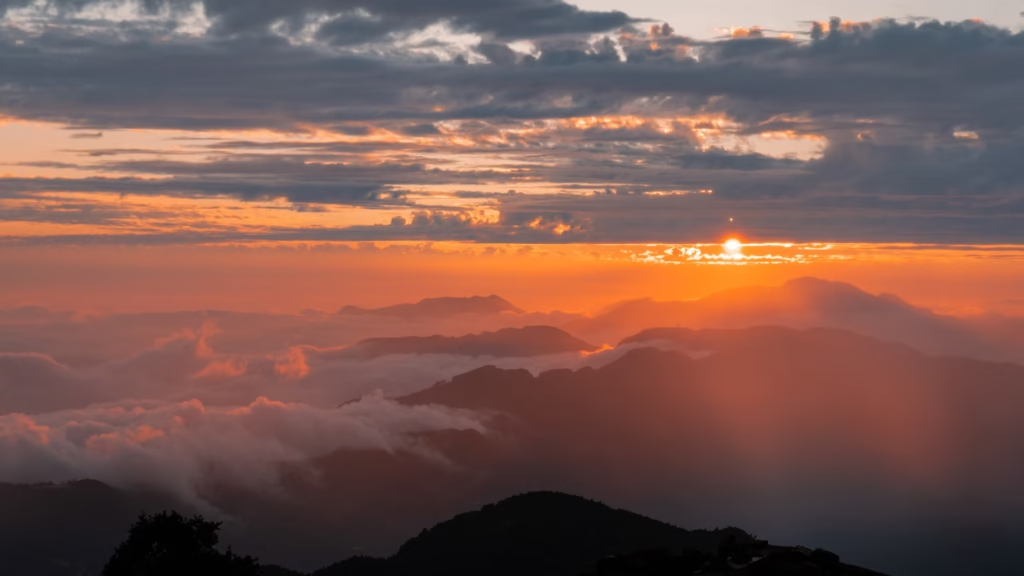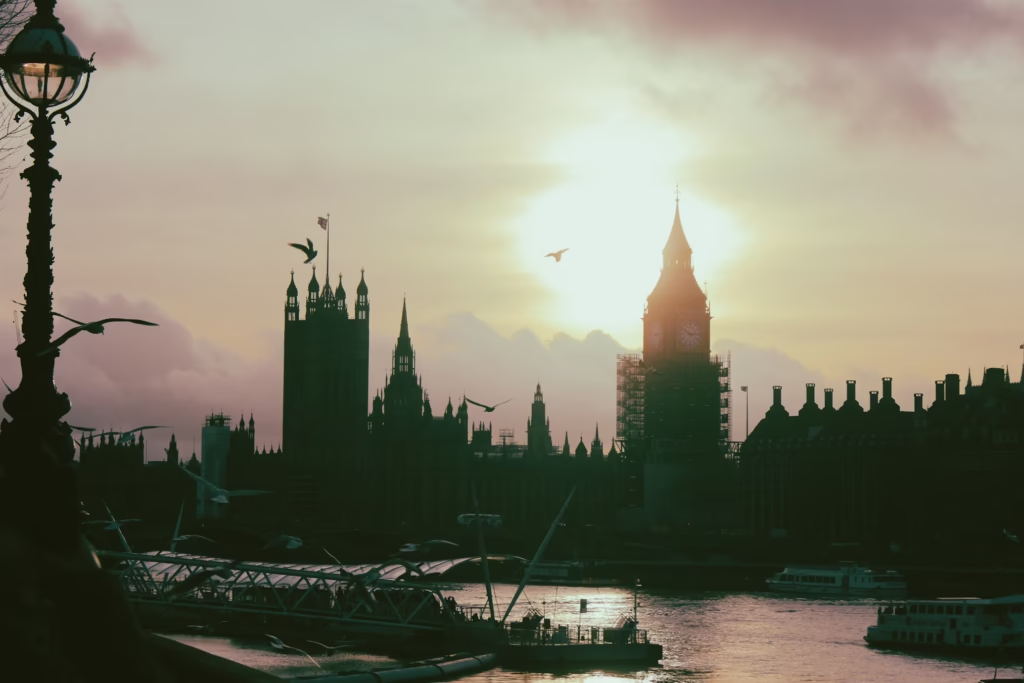Touring in Nepal has long been a dream for comers worldwide. The country offers iconic trails like Everest Base Camp and Annapurna Circuit. These routes attract thousands of pedestrians every time. Nepal’s natural beauty, culture, and mountains produce a unique experience. still, touring in Nepal now comes with new rules. The government has introduced a new touring provision in Nepal. This update aims to ameliorate safety and manage tourism more.
Pedestrians must understand these changes before planning their trip. Trekking regulations in Nepal have changed significantly in 2025. These changes affect both solo and group pedestrians. New vittles apply to numerous popular trekking regions. touring permit formalities have come more detailed. New trekking provision in Nepal in 2025 is discussed in the following article.

New permit structures are in place for better route operation. These reforms also include stricter safety measures. The thing is to make touring further responsible and sustainable. Pedestrians now need to acclimatize to these updates for a smooth experience. Nepal tourism programs are shifting to cover both people and nature. The new trekking provision supports environmental protection and safety. Conservation sweats in touring areas are part of the plan. Original communities also profit through structured tourism. These changes aim to boost the touring sector without harming the ecosystem. touring route operation now includes better monitoring and structure. Understanding these programs helps pedestrians follow the streamlined guidelines. Being informed ensures a safe and enriching journey in Nepal.
New Provision Details
The Government of Nepal introduced a new touring provision starting from April 1, 2023. This regulation requires all foreign pedestrians to hire a certified touring companion. It also authorizations enrollment with a government- authorized trekking agency. Pedestrians can no longer hike solo on popular routes. The rule applies to regions like Everest, Annapurna, Langtang, and Manaslu. Pedestrians must gain a Trekking Information Management System( TIMS) card through certified drivers. The cost of TIMS has also increased under the new system. This provision aims to regularize safety and responsibility on touring trails.

The New trekking provision in Nepal is rigorously executed across all controlled and unrestricted areas. preliminarily, single trekking was allowed with only a permit. Now, the government prohibits single touring indeed in non-restricted areas. All pedestrians must be accompanied by registered attendants for insurance content and deliverance access. Agencies handling the journeys must be registered with the Department of Tourism. Original cosmopolises will cover compliance during check posts on trails. Failure to misbehave can lead to forfeitures or journey cancellation. This reflects a shift in Nepal touring trekking permit in Nepal changes toward stricter regulation.
Formalities for trekkers in Nepal now involve redundant attestation and verification. Pedestrians must submit passport clones, photos, and exigency contact details. Agencies also handle trip insurance checks for each mountaineer. These updates reduce illegal trekking conditioning and ameliorate exigency response. Guides admit GPS and mobile support for better communication. The provision supports touring safety measures Nepal has long demanded. Authorities believe the reform helps manage growing touring crowds. It marks a serious commitment to responsible trekking in Nepal.
Things included in new provision
The new trekking provision in Nepal includes mandatory use of licensed trekking guides. Solo trekking for foreign nationals is now strictly banned. Trekkers must register with government-authorized trekking agencies. The updated rule applies to both restricted and unrestricted trekking regions. All trekkers need a valid TIMS card issued through an official agency. The cost of permits and TIMS has increased slightly. A digital record of each trekker is maintained for safety purposes. These updates are part of broader trekking regulations in Nepal.

The provision also includes real-time GPS tracking for guided groups. Guides receive updated training in safety, first aid, and communication. Insurance checks for both trekkers and guides are now mandatory. Trekking agencies must follow strict reporting and safety protocols. Check posts will verify permits and guide details during treks. This helps enforce compliance and track environmental impact. New infrastructure support is also part of the reform. These features show serious progress in trekking route management Nepal needed.
1. Safety of Pedestrians
The primary reason is to enhance the safety of pedestrians across Nepal. Solo pedestrians frequently face pitfalls like altitude sickness, injuries, or getting lost. numerous deliverance operations come delicate without accurate position data. With attendants, pedestrians admit immediate support in extremities. Guides are trained in first aid and survival ways. They help navigate grueling terrains and changeable rainfall. Their presence reduces response time during heads. This safety measure protects both lives and Nepal’s character.
2. Control Illegal Trekking Conditioning
Limited trekking had come a major issue in recent times. numerous foreign pedestrians hired unauthorized attendants or tripped without permits. This led to safety pitfalls and profit loss for the government. The new touring provision in Nepal ensures proper attestation and agency enrollment . Legal shadowing of all touring conditioning helps stop illegal operations. certified attendants must report group status regularly. This brings translucency and structure to the touring sector. It encourages responsible touring Nepal can calculate on.
3. Environmental Protection and Sustainability
Trekking has environmental consequences, especially in popular regions. Without regulation, trails face overuse, littering, and ecosystem damage. The new rules support environmental protection touring Nepal depends on. Agencies and attendants must now follow eco-friendly practices. Pedestrians admit mindfulness training before entering sensitive zones. Regular monitoring helps track the environmental impact of tourism. Sustainable trekking protects Nepal’s trails for unborn generations. This provision aligns with broader conservation pretensions.

4. Boosting Original Employment and Frugality
Hiring certified attendants creates further jobs for original communities. It helps distribute tourism income to pastoral areas. touring companion instrument supports long- term career openings. further attendants mean better services for transnational callers. This also raises living norms in mountain regions. Original businesses profit from the growth in systematized tourism. Structured trekking helps make a stronger original frugality. This is a crucial reason behind Nepal tourism programs in 2025.
General Formalities (All Trekkers) due to the Provision
The formalities for trekkers in Nepal varies from nation to nation. All pedestrians must register with a certified trekking agency. A government- issued TIMS card is now obligatory for every mountaineer. You need to submit a passport dupe, recent print, and exigency contact details. trip insurance is needed and vindicated by the agency. The agency assigns a licensed companion for the full journey. These way apply to all ethnicities without exception.
Formalities for Nepali Citizens
Nepali citizens are generally pure from TIMS and permit freights in unrestricted areas. still, they must still follow rules in defined touring zones. For confined regions, Nepali pedestrians need special permits. These permits are attained from the Department of Immigration or original services. They must show citizenship documents for verification. However, attendants and permits still apply, If traveling with nonnatives. Nepali pedestrians also need to follow environmental guidelines. Safety compliance and route affirmations are anticipated from all groups.
In regions like Manaslu or Upper Mustang, the rules are stricter. Indeed Nepali pedestrians must register with original checkpoints. They must also avoid unauthorized guiding unless certified. The government tracks all conditioning in these zones. This supports better touring route operation Nepal has introduced. Nepali agencies also support original pedestrians with guidance and forms. Everyone must admire trail rules and cover the terrain. These way help promote a safer and cleaner trekking experience.
Formalities for SAARC Country Citizens

Pedestrians from SAARC countries( like India, Bangladesh, Bhutan, etc.) follow a simplified process. Formalities for SAARC countries trekkers in Nepal , they admit blinked TIMS freights compared to other foreign citizens. still, they must still register through a licensed agency. A companion is mandatory, indeed for Indian citizens. Passport or valid public ID is needed for verification. exigency connections and insurance details must be submitted. SAARC citizens also need to give their trip diary in advance. All needed documents must be approved before the journey starts.
SAARC pedestrians frequently travel in groups, but indeed individualities must misbehave. Original agencies help with attestation and companion arrangements. evidence of nation is precisely checked at trail checkpoints. SAARC citizens are occasionally confused about whether they need permits. The new rule clears this confusion by making the process livery. Agencies help SAARC pedestrians complete formalities fluently. All paperwork must be carried during the journey. This ensures translucency and trekking rules compliance.
Formalities for Asian Country Citizens(non-SAARC)
Asian citizens from countries like China, Japan, and South Korea must complete full enrollment . They pay standard TIMS freights applicable to foreign citizens. Agencies handle permit operations and companion bookings. Pedestrians submit passport reviews, visa details, and insurance documents. The companion must stay with the group throughout the journey. Some Asian delegacies also inform excursionists about these formalities. It’s important for pedestrians to corroborate permit types for specific regions. These way insure they meet touring regulations in Nepal.

Asian excursionists frequently prefer structured tenures, which makes compliance easier. touring permit formalities are handled efficiently through original drivers. All Asian pedestrians admit digital and published TIMS cards. These must be shown at trail checkpoints. Authorities confirm group enrollment via agency logs. Any changes in diary must be reported in real time. Insurance programs must cover high- altitude deliverance. This supports touring safety measures Nepal has prioritized.
Formalities for European Country Citizens
European pedestrians face full formalities under the new touring provision in Nepal. They must hire a certified companion through a registered trekking agency. Standard TIMS card and permit freights apply. Agencies request full attestation before processing permits. This includes passport dupe, visa, print, insurance, and contact details. European delegacies frequently alert citizens about these touring regulations. High- altitude content in trip insurance is rigorously needed. Pedestrians must misbehave with all safety and route reporting protocols.

numerous Europeans journey singly, so this rule marks a big change. They must now shift to guided trekking, indeed in easy regions. Trail checkpoints will corroborate permits and companion credentials. European pedestrians should carry digital and published clones of all documents. touring permit formalities take 1 – 2 days to reuse. Original agencies give detailed briefings before departure. Environmental conduct guidelines are also handed to all groups. This ensures responsible touring Nepal now enforces.
Nepal trekking permit cost
The Nepal Trekking permit cost is given below in the tabular format.
| Nationality | Permits Required* | Documents Needed | Total Cost (approx) |
|---|---|---|---|
| Nepali Citizen | National Park/ Conservation Area Permit – TIMS (sometimes optional) | ID/passport, photo | NPR 100 (≈USD 0.85) per park/area; TIMS group NPR 600 if used. |
| SAARC (India, etc.) | ACAP/TIMS/National Park Permit – TIMS | Passport, photo, itinerary | ACAP NPR 1,000 ~USD 8.5; TIMS group NPR 300; Total ~NPR 1,300 (~USD 11) |
| Asian non‑SAARC | (e.g. China, Japan) used foreign‑national rates | Same | Typically same as “Foreign Nationals” (below) |
| Foreign Nationals | ACAP or National Park Permit – TIMS | Passport, photo, itinerary | Area fee ~NPR 3,000 (~USD 25) + TIMS group NPR 1,000 (~USD 8) = ~USD 33 |
Advantages and Disadvantages of the Provision
We have compared the advantages and disadvantages of the following provision .
| Pros | Cons |
| Enhances trekker safety with trained, licensed guides | Increases cost for budget and solo travelers |
| Helps reduce illegal trekking and unauthorized guiding | Limits freedom for experienced solo trekkers |
| Boosts local employment and supports rural economies | Requires extra time for formalities and paperwork |
| Promotes responsible trekking and eco-friendly practices | May discourage spontaneous travel plans |
| Improves rescue response through guide-led tracking | Some regions become less accessible without guide availability |
| Strengthens regulation and monitoring of trekking routes | May cause confusion during the transition period |
| Ensures better tourist data for planning and infrastructure | Risk of overcrowding in authorized trekking agencies |
| Supports Nepal’s long-term tourism and environmental policies | Not all trekkers may welcome guided treks as a standard requirement |
Conclusion
The new touring provision in Nepal marks a major shift in how trekking is managed. It puts safety, structure, and sustainability at the van. Pedestrians now need to plan more precisely and follow sanctioned procedures. These rules may feel strict but aim to cover both people and nature. Original communities profit through jobs and fair tourism practices. Trails will be cleaner, safer, and better maintained over time. The changes may take adaptation, but they’re necessary. Nepal is setting a strong illustration in responsible adventure tourism.
Pedestrians who follow the rules can still enjoy Nepal’s stirring geographies. The mountains, culture, and spirit of adventure remain as magical as ever. A guided journey can offer deeper perceptivity and added safety. The new system ensures every trip is well- supported and secure. With better planning, the experience becomes further enriching. Pedestrians contribute to conservation and community growth. These reforms shape the future of touring in a positive way. Nepal remains a top destination for those who admire the trip and the land.


Welcome back